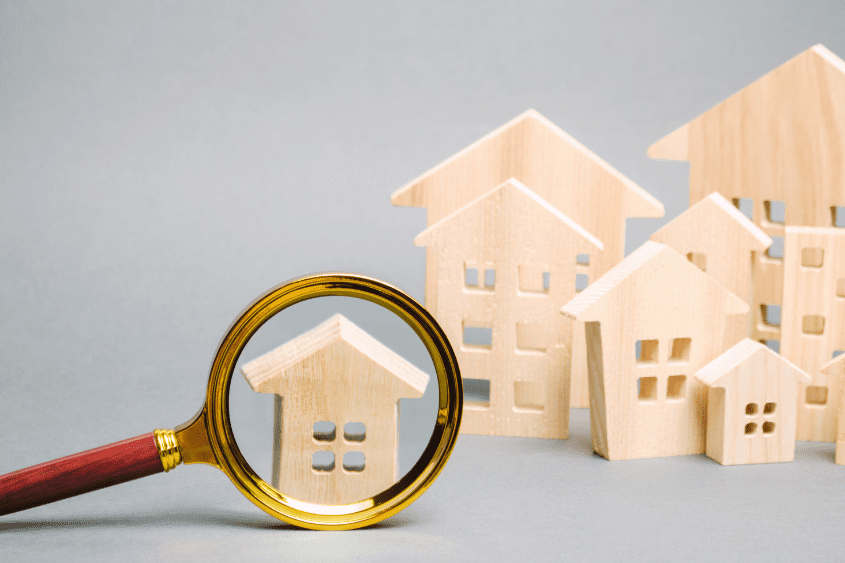
Inner-City Affordability Initiative for Brisbane City
In response to Brisbane’s growth, BCC has proposed a new citywide amendment known as the Inner-City Affordability Initiative. This plan aims to balance development pressures with the need to maintain access to affordable housing options within the city centre.




